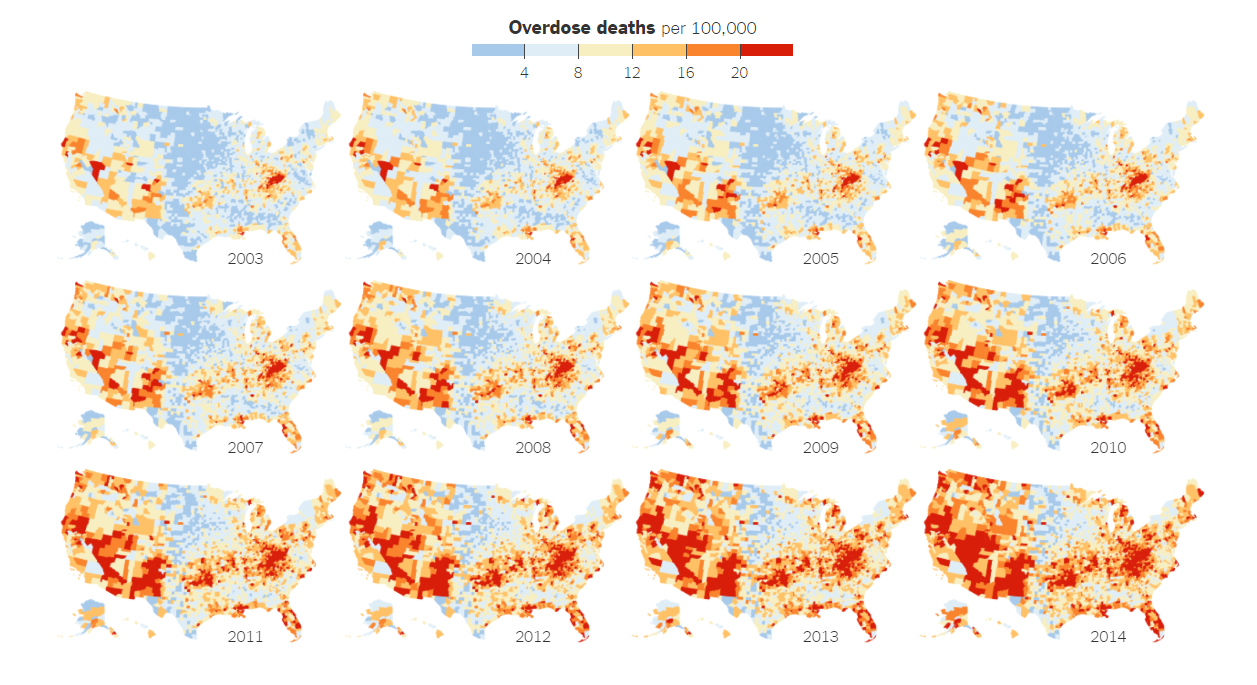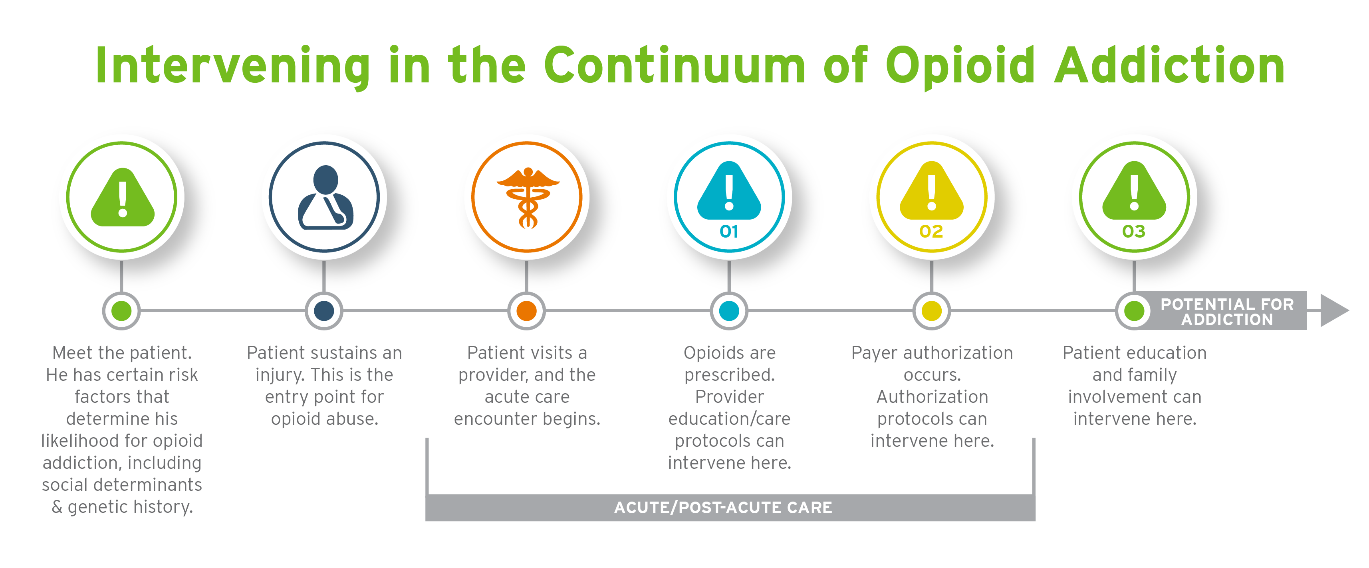The statistics around the opioid crisis are numerous and troubling. More than 2 million Americans are addicted to an opioid. Drug overdoses last year claimed more American lives than were lost in the entire Vietnam War, and overdose deaths for people under 50 are now far higher than fatalities from car crashes.
According to the best estimates, opioids will kill another 52,000 Americans this year alone, devastating families, workplaces, and communities.
There is little disagreement that something has to be done – but what? Once it takes hold, drug addiction is hard for individuals to overcome and for systems to tackle. To prevent thousands more from being swept up in this epidemic, we need a way to prevent addiction before it starts, as well as to treat those who are already addicted.
Where the EHR comes in
Here at Nordic, we believe the EHR can play a powerful role in impacting the opioid epidemic. With the right configuration, the EHR can help to identify patients at high risk of opioid abuse, recommend alternative medications to providers at the point of prescription, and deliver more consistent support to at-risk patients throughout the care continuum.
So how can the EHR protect patients from opioid misuse? There are two core ways: leveraging data compiled within the EHR to identify high-risk patients and leveraging workflow tools in the EHR to help providers deliver more targeted and appropriate care to those patients.

Modeling a high-risk patient
The first part of this approach involves using EHR data in predictive modeling algorithms to identify which patients in a system are most likely to succumb to opioid abuse and addiction. While opioid addiction can affect anyone, certain factors make people more vulnerable: history of mental illness, acute and chronic pain, physical health problems, history of substance abuse, and many more.
It’s possible to develop an algorithm that collects data on each individual factor, then totals the factors together to identify the highest-risk patients in a population. The algorithm essentially creates a pool of patients who are most vulnerable and require greater attention from the provider or care team.
Leveraging workflows for targeted care
Once we’ve leveraged data to identify these patients, we can also use workflows within the EHR to help providers make decisions about patient care. For example, say a patient sustains an injury and is a candidate for an opioid prescription. But before that opioid can be prescribed, the provider receives an alert that flags the patient as high-risk based on the compiled data.
The provider is then able to recommend an alternative therapy. Instead of receiving an opioid that could quickly result in misuse, the patient is directed to another route such as physical therapy, local anesthetics, or other treatments.
If opioid treatment is determined as the best option, EHR workflows can similarly be used to decrease the likelihood of misuse. The EHR can alert a social worker to follow up with the patient after discharge. Family members could automatically receive education (via phone calls, email, or mailers) warning them about the signs of early stage opioid misuse and giving them a path to follow if they notice anything concerning.
How achievable is this?
The good news is that hospitals already have the systems in place to make this kind of patient tracking and identification possible. Most health systems have had an EHR in place for years, which means they have a goldmine of data to leverage for opioid intervention and access to workflows that can help provide better care. Organizations like Contra Costa Health Services in California are already using predictive algorithms to sort and better manage their vulnerable patient populations.
The key is using predictive modeling to put this data to use, then working with operations to build workflows that prevent over-prescription of opioids and provide proactive resources to patients at risk.
Too many lives are at stake for us to not do something about this critical issue. You have the tools, and with a little help, you can make a huge impact. If you’re interested in talking more, please reach out. We would love to discuss any ideas you have and collaborate on a solution.

